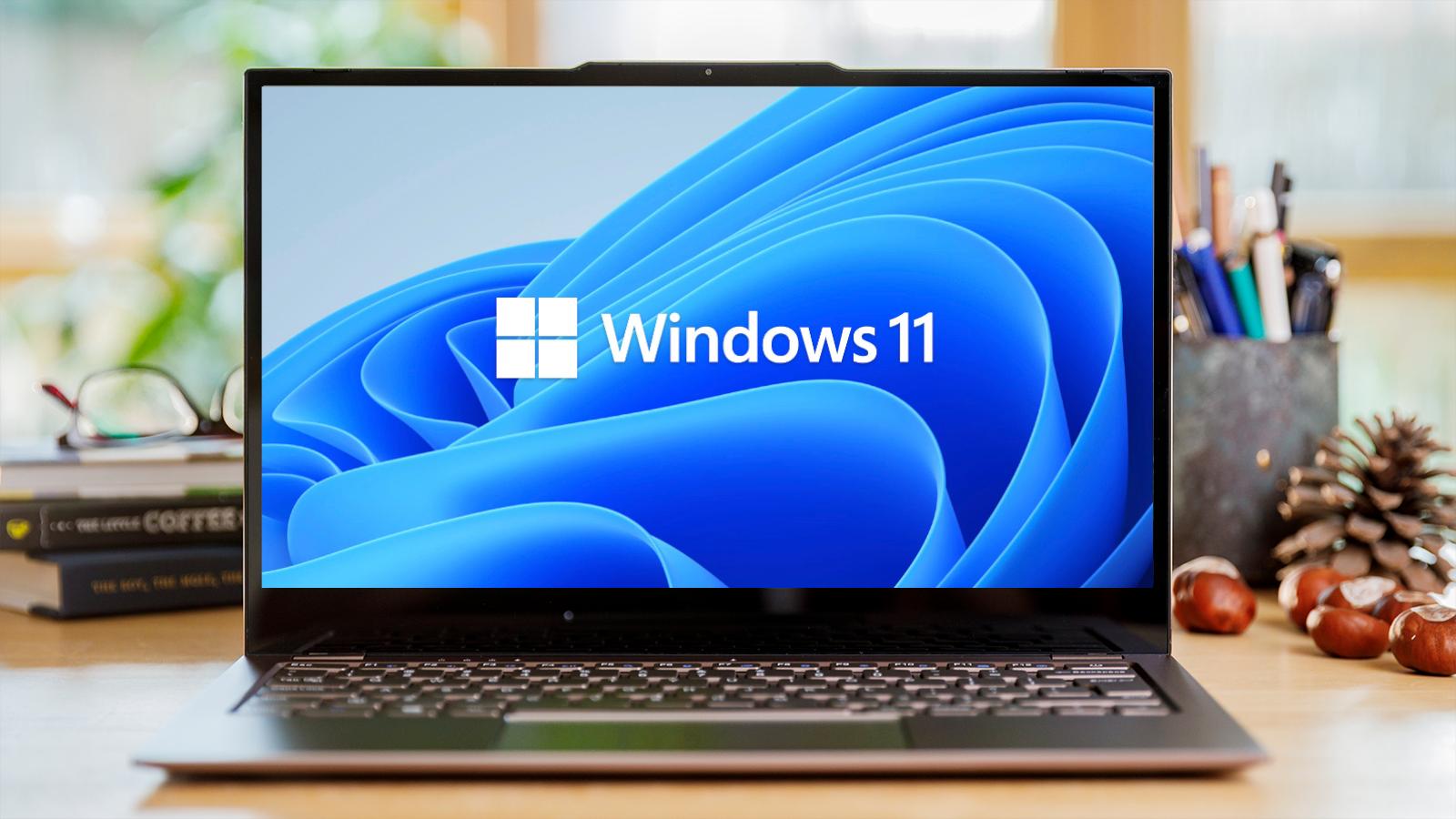f you’ve installed the recent Windows 11 22H2 update, you’ve probably noticed that file copying is noticeably slower than on previous versions. And it’s a real issue, as users have reported that multi-GB files can take up to 40% longer than they should on Windows 22H2 than on version 21H2.
The problem is a big deal because a lot of people use file sharing tools for business, personal use, or both. So the ability to transfer large files over a network is critical, and this is a major drag on performance.
Thankfully, Microsoft finally figured out this bug and is working to resolve it in a future update. This fix will likely make its way to the general Windows 11 user base as part of March 2023’s Patch Tuesday release, and it’s good to see that Microsoft is finally fixing this issue.
One thing to note about this fix is that it’s an optional update, so you’ll have to be careful not to accidentally install it without knowing it’s there. You can easily roll back a feature update by downloading a tool like the latest Windows Repair tool and running it on your computer.
In addition, you should try disabling some background tasks that are automatically running when you boot up your PC to speed up startup. It’s a simple fix that should improve your system’s overall performance.
Aside from the aforementioned fix, you should also check whether you have any viruses or malware on your system. These can be a huge culprit in slowing down the performance of your Windows 11 system, especially during the boot process.
You can use a free anti-virus and malware removal tool to remove these types of viruses and other malicious programs from your system. This will not only help to speed up your Windows system but will also prevent a virus from ever entering the system in the first place.
Another important thing to do if you want to speed up your Windows system is to clean the temporary files that may be cluttering up your hard drive. This can be done through the Settings app or with the Disk Cleanup utility.
The first step is to open the Run dialog box using the Windows + R keys and type %temp in the search field. Once this is open, you’ll be able to see a list of all the temporary files on your computer.
These files are usually created when you’re trying to perform tasks such as transferring data over the internet or when you’re installing new software. To fix this, you’ll have to delete these temporary files from your hard drive and then restart your computer.
It’s not the most attractive option for Windows users, but it’s a relatively easy fix that can help you to speed up your PC. You can also try deleting some of the apps and services that you don’t use anymore to speed up your system.
